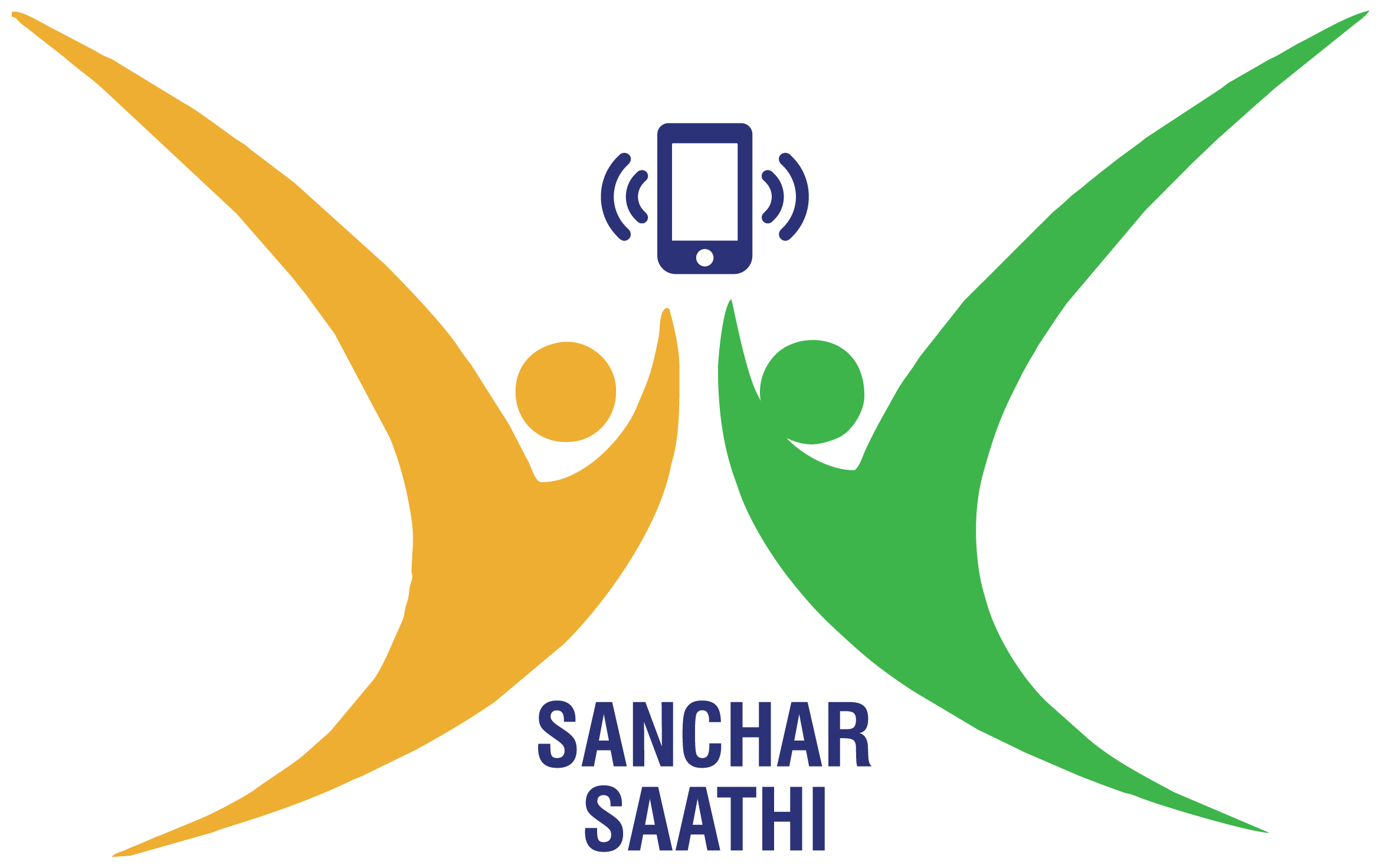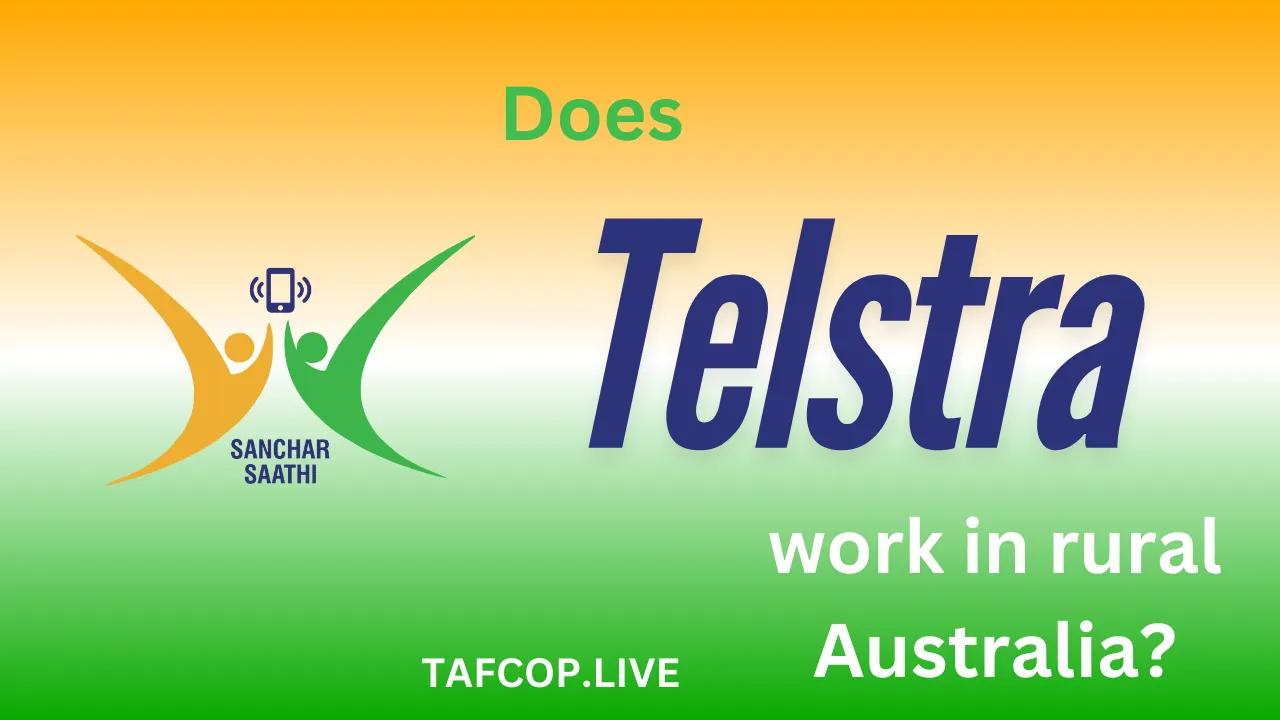Picture this: You’re driving through the vast, sunburnt outback, red dust swirling behind your ute, and suddenly—no signal. Your GPS freezes, your calls drop, and that urgent text to your mate back in Sydney? Stuck in digital limbo. If you’ve ever wondered whether Telstra can save you from this nightmare in rural Australia, you’re not alone.
The short answer? Yes, Telstra works in rural Australia—better than most other carriers. Thanks to its extensive network coverage, Telstra reaches over 99.5% of the Australian population, including many remote and regional areas where competitors like Optus and Vodafone struggle. But how well it works, where it works, and why it’s your best bet in the bush? Let’s dig in.
Does Telstra work in rural Australia?
Yes, Telstra works in rural Australia with the widest coverage among all carriers. It reaches 99.5% of the population, including remote areas where other networks fail. However, speeds may vary depending on location and infrastructure.
Why Is Telstra the Best Choice for Rural Australia?
If you’ve ever tried getting a signal in the middle of nowhere, you know the struggle. While Optus and Vodafone might work fine in cities, they often leave rural users staring at the dreaded “No Service” message.
Telstra dominates rural coverage because it owns and maintains the most extensive mobile network in Australia. The company has invested billions in infrastructure, including thousands of remote towers and small-cell boosters. That means even in places like Broken Hill, Alice Springs, or the Nullarbor Plain, Telstra usually has you covered.
Example: A farmer in Western Queensland might get 4G with Telstra while their neighbor with Optus barely scrapes 3G. That difference can mean getting weather updates during bushfire season or being completely cut off.
How Far Does Telstra’s Rural Coverage Really Go?
You might be asking, “Okay, but will it work on my outback road trip?” The truth is, while Telstra covers more ground than anyone else, there are still some dead zones.
Telstra’s coverage extends to 2.6 million square kilometers—about one-third of Australia’s landmass. That includes highways, small towns, and even some seriously remote cattle stations. But if you’re heading deep into the desert or dense bushland, even Telstra might not save you.
Check Before You Go:
- Use Telstra’s Coverage Checker (just type your location on their website).
- Look for “Telstra Blue Tick” phones—they’re specially designed for rural signals.
- Consider a satellite phone if you’re going really off-grid.
What Speeds Can You Expect in Rural Areas?
Here’s the thing: coverage doesn’t always mean fast internet. While Telstra reaches far, speeds can drop in the sticks.
In most rural areas, you’ll get 4G, but speeds may be slower than in cities. Some places might still rely on 3G (until it’s phased out in 2024). If you’re streaming Netflix in a tiny outback town, buffering could test your patience.
Typical Rural Speeds:
| Network Type | Average Speed | Best For |
|---|---|---|
| 4G (Regional) | 10-30 Mbps | Browsing, emails, light streaming |
| 4G (Remote) | 2-10 Mbps | Calls, texts, basic web use |
| 3G (Still Active) | 1-5 Mbps | Emergency use only |
Pro Tip: A Telstra Mobile Booster can help if you’re in a weak signal area.
Does Telstra Have Any Special Plans for Rural Users?
Absolutely! Telstra knows country folk rely on their phones more than most—whether for business, emergencies, or just staying in touch.
Telstra offers “Rural and Regional” plans with extra data and better coverage guarantees. Some even include free calls to local helplines (like the Royal Flying Doctor Service).
Best Options for Rural Users:
- Telstra Upfront Mobile Plan (Unlimited calls/texts + large data allowance)
- Belong (Telstra’s budget brand) – Cheaper but same coverage
- Satellite Broadband – For homes way off the grid
What Are the Biggest Complaints About Telstra in Rural Areas?
No network is perfect, and Telstra cops its fair share of complaints—especially from farmers and long-haul truckies.
The biggest gripes? Slow speeds in peak times, occasional outages, and high prices. Some users report that while Telstra technically works in their area, congestion (too many users on one tower) can make it painfully slow.
Example: During mustering season, a whole crew trying to upload cattle data might slow the network to a crawl.
FAQs About Telstra in Rural Australia
1. Is Telstra the only network that works in rural Australia?
Mostly, yes. While Optus and Vodafone have improved, Telstra remains the most reliable.
2. Can I use Telstra prepaid in the outback?
Yes! Prepaid works the same as postpaid in terms of coverage.
3. Will 5G ever reach rural areas?
Eventually, but not soon. Major cities get priority, so rural 5G is still years away.
4. How do I boost my Telstra signal at home?
Try a signal booster or external antenna. Telstra sells approved devices for weak areas.
Final Verdict: Should You Rely on Telstra in the Bush?
If you live, work, or travel in rural Australia, Telstra is your best shot at staying connected. No other carrier comes close in coverage, even if speeds and prices aren’t always ideal.
As one outback local put it:
“Telstra’s like an old faithful dog—it might not be the fastest, but it’ll stick with you when others run off.”
So before you head into the wild, check the coverage map, grab a Blue Tick phone if needed, and maybe pack a backup satellite communicator—just in case. Because when you’re hours from the nearest town, a working phone isn’t just convenient… it’s a lifeline.

